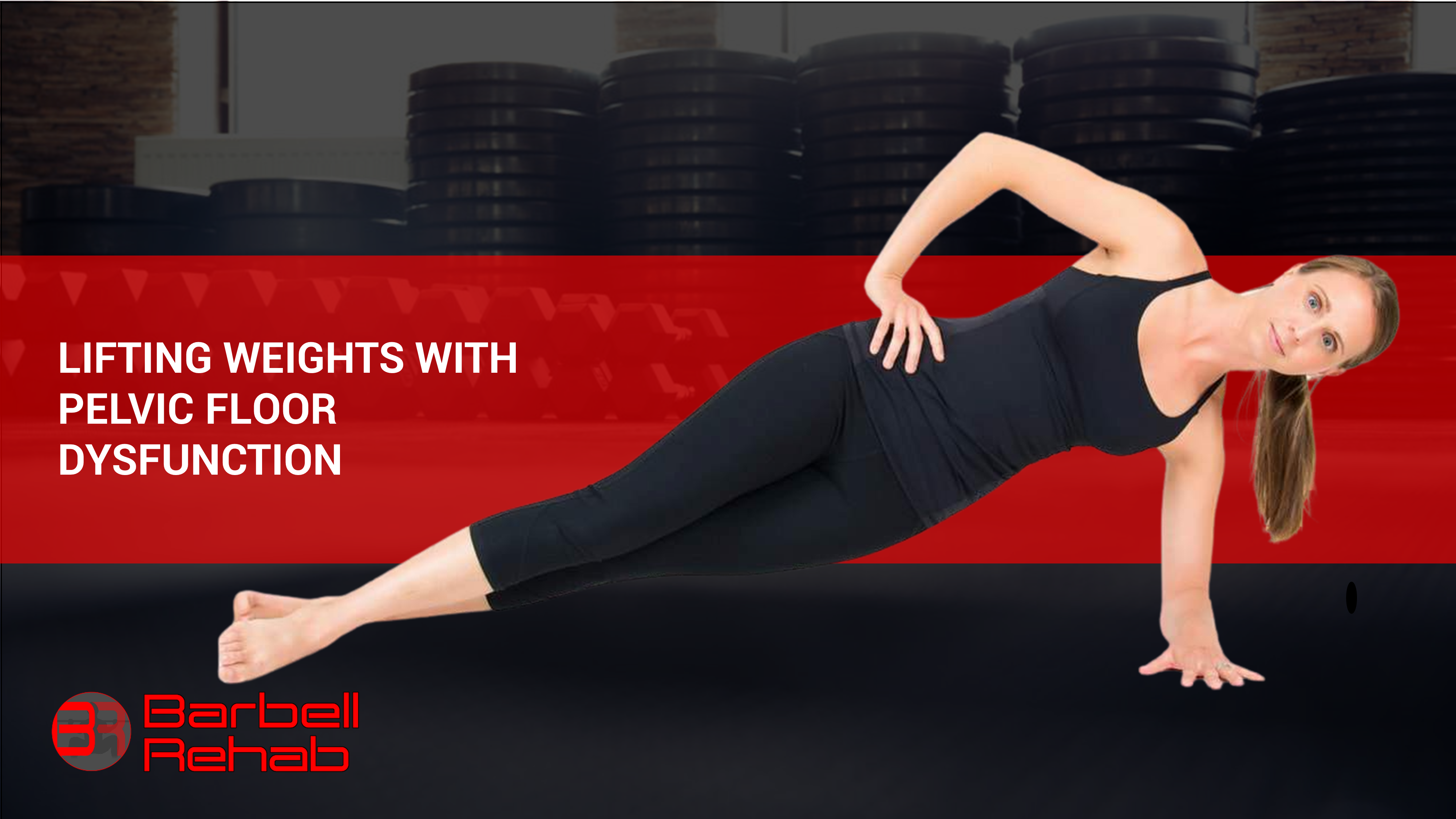Do you have that one nagging muscle group that always feels tight? And whether it’s your neck, back, or hamstrings, no matter what you do, it’s just a temporary fix? If this sounds like you, and you're dealing with nagging tight muscles, then read on!
While stretching, massaging, and rolling “tight” muscles out may give you that temporary satisfaction of mobility, it’s not often a permanent solution. On the other end of the spectrum, “just loading it” doesn’t always work either. So here are 5 reasons why your muscles feel tight, and what to do about it!
Reason #1: You Won’t Stop Stretching Them
While it may seem counterintuitive, one reason that muscles feel constantly tight...is that you keep stretching them! If constantly stretching was the solution it would have worked by now. And I bet you’ve also run into this situation too: Initially, it doesn’t take much to get relief from stretching, but the more you do it, the more you need to get the desired effect.
Suddenly you find yourself stretching multiple times a day for prolonged periods of time just to get temporary relief. You then fall into this trap where you think “well I’m probably just not doing it enough”. If you’re going to remember anything from this article remember this.
"Things that provide temporary relief are rarely long term solutions"
In these situations, I usually ask people this: “Well have you tried not stretching it” Then they usually look at me like I’m crazy! Give it a try!!
Reason #2: Mental and Behavioral Variables like Stress
Anytime I experience increased stress levels, my neck and back stiffen up. I used to think this was something that needed fixed. So I’d schedule an appointment with the chiropractor and get manipulated, thinking there was some sort of biomechanical reason why I was feeling tight.
Here’s the truth. Increased stress levels and the inability to adapt to this stress can contribute to tight muscles. Your body likes to go into “protect mode” in situations like these and as a result, things stiffen up. Instead of rushing to seek medical attention or stretching constantly, try some meditation, or simply go do something you enjoy to take your mind off of it!
Reason #3: Having False Beliefs that it Could Lead to Injury
This idea is a little bit more complicated, but hear me out. Often times when we have tight muscles, we can think that something is seriously wrong and that if we don’t do something about it, we may injure ourselves.
A little disclaimer: if you do believe something serious is going on, I’d recommend getting it checked out...but often times with simple "tightness" there’s not. Having this false belief that something is seriously wrong can become a self-fulfilling prophecy.
Suddenly you start to feel even MORE tight because you're worried, and you then you avoid training in fear of injury. As you can see, this can lead to a vicious cycle. There’s very poor correlation between perceived tightness and injury. As long as you have the pain-free range of motion to perform the lift or task at hand, you should be fine.
Reason #4: Lack of Movement Variability
Our bodies don’t like being in one position for too long. While there’s not really such a thing as “good” and “bad” posture, you should try to limit any prolonged position. Staying in prolonged positions can contribute to feelings of muscle tightness.
Whether you are sitting at a desk or standing at a cash register for the majority of your day, I’d recommend doing your best to break up these prolonged positions and move! Continually showing your body a healthy stimulus (movement) can help reduce feelings of tightness
Reason #5: Load Management Errors in Training
Here’s more of a biomechanical reason that you could be feeling muscle tightness...you’re programming is less than optimal. Are you constantly training to failure or working at an RPE above 9? Combine this without sufficient periods of recovery and your body can again go into “protect” mode and stiffen up.
Optimal programming includes modulating frequency, volume, and intensity so that:
-
- You have enough of a stimulus to disrupt homeostasis
- You provide enough time to recover from that stimulus to force an adaptation and reduce injury risk
If you think programming may be your issue, I’d be more than happy to help you with that. You can check out my remote monthly and weekly programming options right here.
Static stretching is rarely the answer…
While activities such as yoga and Pilates are great for their stress reduction and social aspects, static stretching rarely is the answer to fix tight muscles. If you are someone who repeatedly stretches with only temporary benefit, give some of these recommendations a try above!





